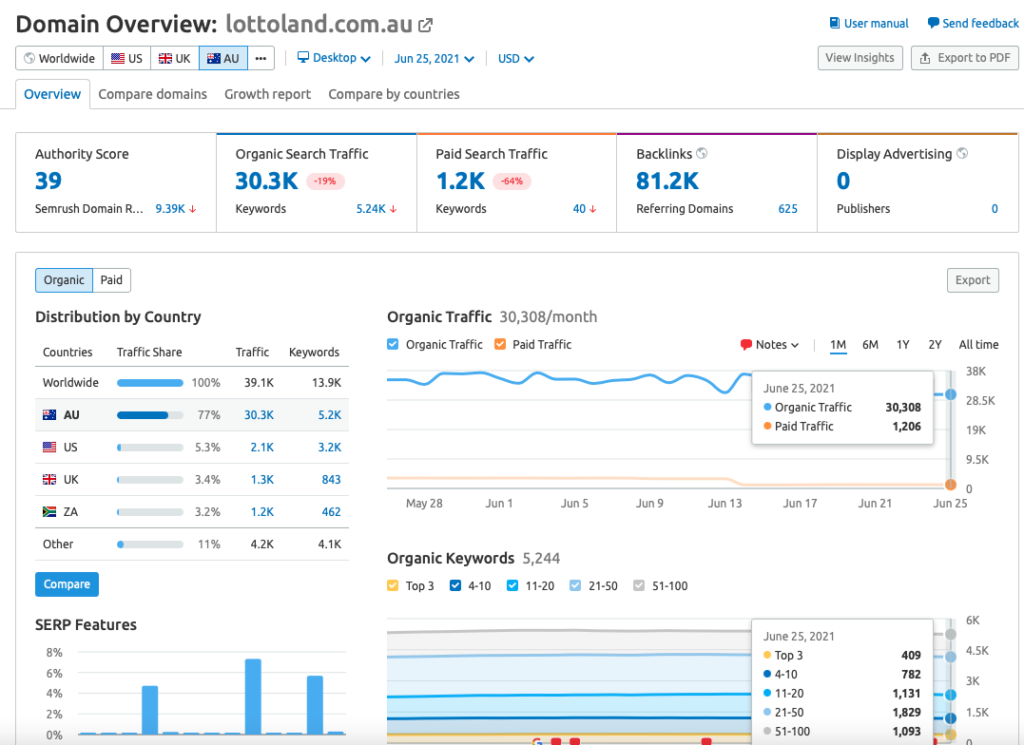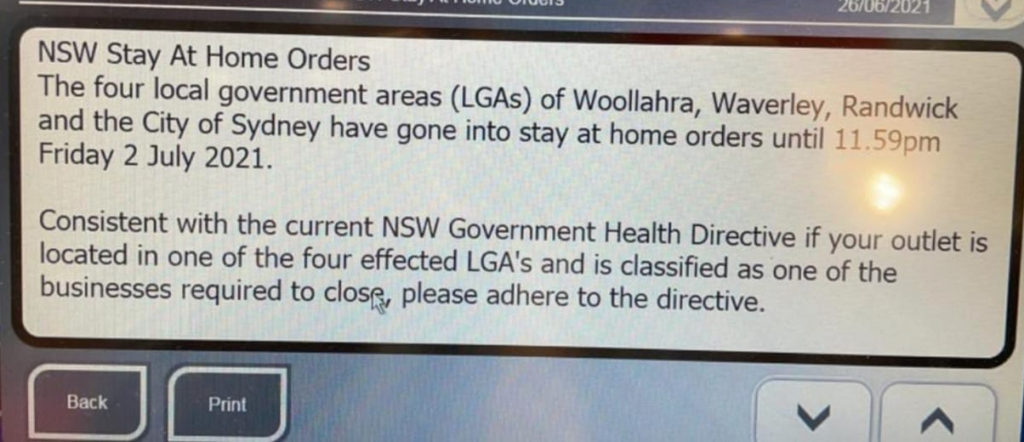There Herald Sun newspaper had the wrong price on the cover, as I noted here yesterday.
Reps from the publisher advised newsagents to keep track of sales at $2.00 and that they would credit the newsagents.
Please be aware the incorrect cover price of $2 was printed on the Herald Sun today, Wednesday 30th June 2021.
The correct cover price is $2.20, and this is what should scan when using the barcode.
If customers insist on paying the printed cover price today of $2 it should be honoured.
To avoid being out of pocket, please advise us via email to newsagents@news.com.au the route number and number of customers that paid the reduced price for the Herald Sun and we will apply a credit to your account.
Please call us on 1800 639 700 if you have any other queries.
I have three comments about this:
- Poor communication channels meant that plenty of retail only newsagents did not get that ‘memo’.
- Some distribution newsagents made up their own rules when advising retail newsagents.
- The publisher advice is not supported by consumer law. Nor is it supported by the voluntary Code of Practice for Computerised Checkout Systems in Supermarkets.
This supermarket code sets out procedures employees in a store must follow in the event of incorrectly priced items. In one example, if an item scans at a higher price than the price listed on the shelf, the customer is entitled to receive the item free (assuming the look-up number is correct). I wonder if this happened.
What the newspaper publisher could / should have said is follow your in-store policy as it is this policy that should lay out how you handle an incorrectly priced item.
In my stores, the price of any item that arrives in store with the price permanently printed or marked on it is the price. That is is the price we sell the item for. So, in our situation, all Herald Suns sold yesterday were sold at $2.00.
Consumer law is governed by the Australian Consumer Law (ACL). This requires prices to be clear and correct, so that they do not mislead consumers. Pricing must not leave consumers with a false impression as regards pricing.
It was wrong of the publisher to expect retail newsagents to deal with their publishing mistake. I think a smarter move would have been to be very public about the mistake and promote it as a deal for the day. I suspect there would have been a sales jump as a result, and considerably less stress for newsagents. yesterday was a missed opportunity.
This may seem like a small issue. All it would take is for one customer to make it big. They could make it even bigger by comparing how a newsagent would handle this versus a supermarket.
To me, the issue reflects out of date practices in our channel, practices that root us in how things were done too many years ago. We need to grow up.












